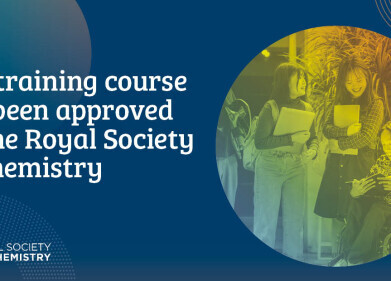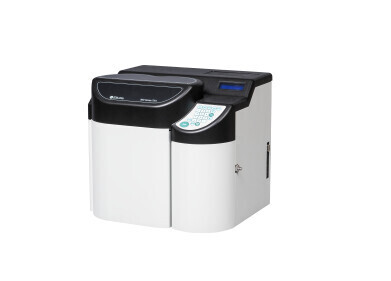Gas Chromatography
Can Baltic Amber Tackle Antibiotic Resistance? - Chromatography Explores
May 14 2021
Amber has a long history of harbouring medicinal properties. In many countries it is customary to give babies amber necklaces to relieve teething pain. In Baltic countries, amber has been used for medicinal purposes for centuries; with ground-up amber added to ointments and potions to help alleviate inflammation and infection.
In a recent presentation to the American Chemical Society, researchers from the University of Minnesota have investigated the properties of amber to discover why it might be effective as a treatment. Elizabeth Ambrose, the principal investigator in the research said, “We knew from previous research that there were substances in Baltic amber that might lead to new antibiotics, but they had not been systematically explored.” Chromatography has helped to uncover some of the secrets of ancient amber.
It is from the Baltic area
Baltic amber is described as a fossil resin that was produced by pine trees that grew in Northern Europe. It formed over 45 million years ago, and the Baltic Sea region contains the world’s largest deposits of amber. Chemically the amber is 79% carbon, 10.5% hydrogen and 10.5% oxygen. Its medicinal properties were even described by Hippocrates and Baltic amber has been described as different to amber from other regions of the world.
The resin secreted by the pine trees acted as a defence against bacteria and fungi. Antibiotic-resistant infections are growing year-on-year, in the US alone it is estimated that there are 2.8 million antibiotic-resistant infections each year, leading to 35,000 deaths. So, researchers are interested in the chance to discover new substances that can help in the fight against infections.
Chromatography separates the amber
In the research carried out at the University of Minnesota, the team first had to create a homogenous fine powder from amber pebbles. Ambrose and graduate student Connor McDermott used a rolling mill with ceramic beads to create an amber powder. Then they extracted compounds from the amber powder using various solvents and techniques. After the extraction, they used gas chromatography-mass spectrometry to analyse the amber powder. The separating powers of chromatography are discussed in the article, Leveraging Ion Chromatography-Mass Spectrometry for the Impurity Analysis of a Small Organic Acid.
The team detected dozens of compounds from the GC-MS analysis including abietic acid, dehydroabietic acid and palustric acid, these are 20-carbon, three-ringed organic compounds with known biological activity. The compounds are difficult to purify, so the team tested the ability of pure ‘shop-bought’ samples to combat nine bacterial species known to have antibiotic resistance and found the compounds were active. Ambrose stated:
“We are excited to move forward with these results. Abietic acids and their derivatives are potentially an untapped source of new medicines, especially for treating infections caused by gram-positive bacteria, which are increasingly becoming resistant to known antibiotics.”
Events
Jan 20 2025 Amsterdam, Netherlands
Feb 03 2025 Dubai, UAE
Feb 05 2025 Guangzhou, China
Mar 01 2025 Boston, MA, USA
Mar 04 2025 Berlin, Germany













